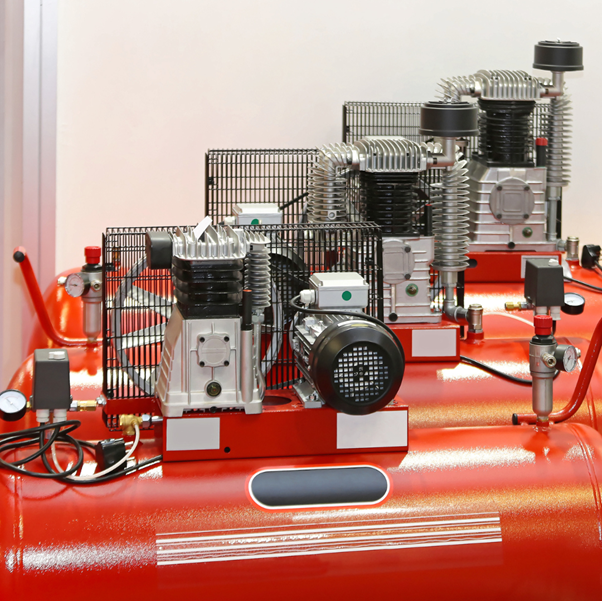Liquid level detectors are devices that are installed in tanks and reservoirs to detect the amount of liquid in them. They are used in various industries, including water and wastewater treatment, agriculture and chemical plants.
Liquid level detectors can be activated manually or automatically by a number of different methods, including pressure changes, float switches and electric circuits. They are also available as single-point monitors or multiple-point monitors that can monitor a large number of liquid levels within a facility.
The following are some things you should know about liquid level detectors:
How they work
The basic concept behind a liquid level detector is pretty simple. A float mechanism floats on top of the liquid being monitored and triggers an alarm when it reaches its maximum point. A switch is connected to the float mechanism so that when it reaches its maximum point, it closes the circuit and activates an alarm system.
Types of liquid level detectors
There are several types of liquid level detectors available: magnetic floats, vibrating floats and electronic sensors. Magnetic floats use magnetism to detect the presence of metal objects floating on top of the surface of water or other liquids being monitored. Vibrating floats operate similarly to magnetic floats but use sound waves instead of magnetism to detect metal objects in the surrounding environment.
If you have a tank that you need to keep track of, liquid level detection is a great way to do it. Liquid level detectors are able to detect how much liquid is in a tank and send an alert when it reaches a certain point. These devices can be used in water tanks and other types of containers that need to be monitored.
The main benefit of using liquid level detectors is safety. If you have a water tank or other similar container that needs to be monitored, this device will help ensure that there is enough water in it at all times. This can help prevent accidents like flooding or damage caused by dry pipes.
Liquid level detectors are also useful for keeping track of how much waste oil or gas is used in your vehicle or machinery. You can use these devices to make sure that you are refilling them with enough fuel or oil so that they don’t run out unexpectedly and cause damage or other issues with your vehicle or machinery.
When choosing liquid level detectors for your tank, you should consider several things before making your final purchase decision:
What type of materials are used? – Some types of materials may be more durable than others, which could help extend the life of the device and reduce maintenance costs over time.
There are many types of liquid level detectors on the market today. However, despite their differences, there are some common features that they all share:
They are designed to withstand harsh environments, including high temperatures and corrosive chemicals.
They have a long lifespan and do not require regular maintenance or calibration.
They can be used for both open and closed systems (tank or vessel).
Liquid level detectors can be divided into three categories: ultrasonic, magnetic/electromagnetic, and optical sensors. These categories represent different technologies used by manufacturers to measure liquid levels. You can check portasteele calculator, for more information.




